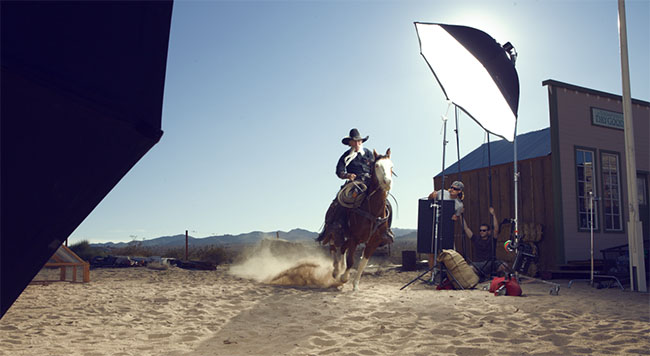INT. DARK ROOM - NIGHT
A lamp flashes on and reveals a man (SEAN SAUNDERS) slouching in a chair on one side of a table. The lamp shines directly into his face to reveal bruising and blood coming from his mouth. He is handcuffed to the chair. At the other end of the table is a second man (DR. FINSTER). His face is hidden beneath shadows.
DR. FINSTER
Is he dead?
SEAN SAUNDERS nods slowly.
DR. FINSTER bites off a pen lid from his pen and ticks a sheet of paper. As he removes the lid from his mouth he grins.
DR. FINSTER
Your father would be proud.
SEAN SAUNDERS raises his head. His voice is raised. He leans forward in his chair.
SEAN SAUNDERS
You don't speak to my father like that, I thought we had a deal.
DR. FINSTER chuckles gently. He pauses. He pulls out a picture from his blazer pocket and slides it across the table. His silver watch gleams in the light from the lamp.
DR. FINSTER
I need you to do one more thing.
SEAN SAUNDERS glances at the picture. He looks us and shakes his head slowly. DR FINSTER smiles gently. He mutters under his breath.
DR. FINSTER
Pity.
DR FINSTER reaches over to the lamp in the center of the table. He flicks the switch.
CUT TO:
EXT. GRAVE YARD - NIGHT
DANIEL SEYMOUR is taking a picture of a grave stone. His camera flashes.
DANIEL SEYMOUR
You know what I think about this guy, Tinsey?
DANIEL SEYMOUR looks at the screen on his camera at the picture he took. He is wearing a silver watch.






